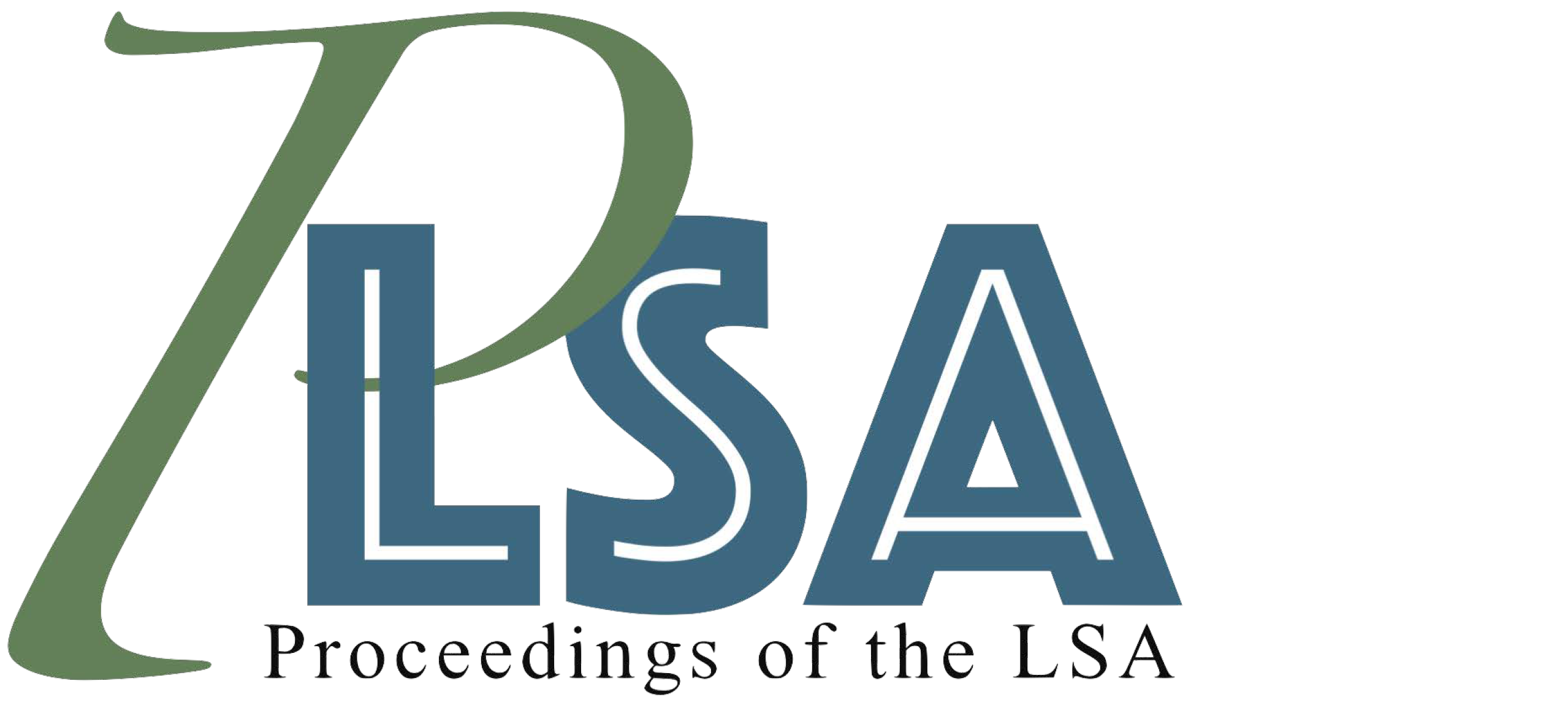A comparison of morphogram-driven linguistic innovations throughout the Sinographic Cosmopolis and beyond
DOI:
https://doi.org/10.3765/plsa.v10i1.5889Keywords:
language contact, borrowing, sinograms, morphograms, writing styles, Sinographic CosmopolisAbstract
This paper looks at six types of borrowings and contact-induced innovations in the Sinographic Cosmopolis that were driven by the use of morphograms as a borrowing medium. Namely, I look at the following phenomena, using examples from Sinitic languages, Korean, Japanese and Vietnamese: pseudo-readings (Sinoxenic character readings with no apparent Sinitic model), loan derivations (patterns of derivation following a lexically flexible sinogram model), semantic modification (the reassociation of sinograms with words bearing no semantic relation), spelling innovation (the ad hoc use of sinograms as rebuses), loan styles (the use of Literary Sinitic as a means of encoding vernacular languages) and hybrid styles (a style of writing mixing Literary Sinitic and vernacular elements). Parallels are drawn with other contact scenarios involving morphographic scripts, such as Sumerian cuneiform in the ancient Middle East, emphasizing the often-overlooked role of written medium as an innovative force in language contact.
Downloads
Published
Issue
Section
License
Copyright (c) 2025 Matthew Zisk

This work is licensed under a Creative Commons Attribution 4.0 International License.
Published by the LSA with permission of the author(s) under a CC BY 4.0 license.
